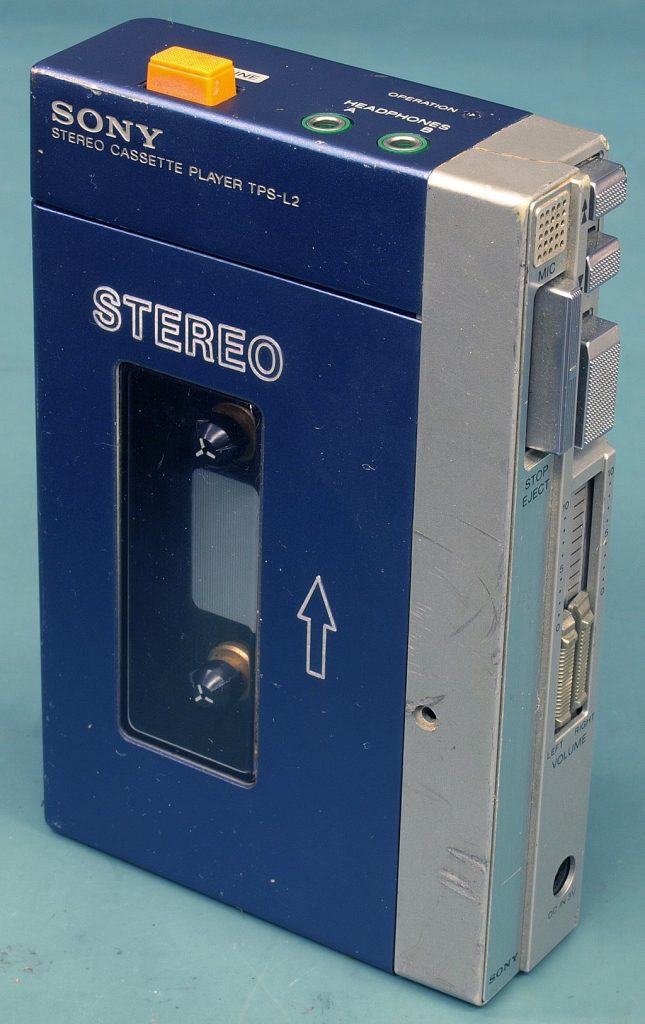Sometimes our expectations of what a thing is, or rather, what it should be blind us to the possibilities of what it could become. These expectations can prevent us from understanding the true potential of an object, and lead us to miss out on opportunities for development. This is where the idea of unlearning — of tossing aside old biases and preconceived notions — fits into the design process.
A good illustration of this point comes from Personal Stereo, a book in the Objects Lessons series about the development of the Sony Walkman and other portable sound devices:
Whatever its genesis, there is consensus that most of Sony’s employees were distinctly unenthusiastic about the idea. The reasons for this are worth dwelling on for a moment. The main reason was that Sony employees doubted that anyone would want a tape player with no recording function.
It may seem patently obvious to us now that a portable listening device would not need a recording function (though obviously, all smart phones have both), but imagine living in a time where the past five decades of market demands indicated otherwise. Personal stereos emerged out of the development of the portable recording device that was used by the military and for corporate needs. Adapting it for mass consumption did not change, in an engineer’s mind, the device’s primary role in our lives.
We all have these kinds of biases about how a thing ought to be used and ought to function. This can be incredibly useful for purposes of expediency and understanding the world around us, but it can also be to the detriment of our creative potential. It’s important to remember this, and consider the process of unlearning essential to our creative work.

